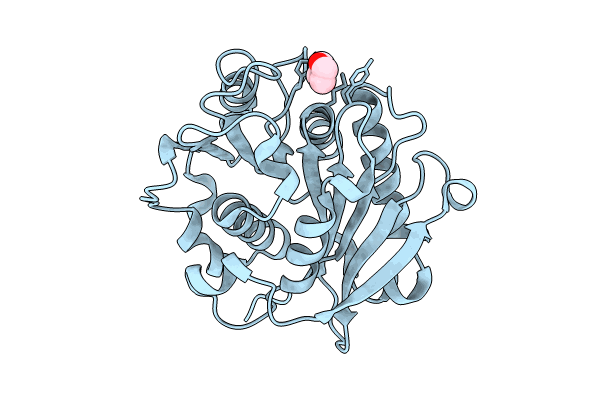
Deposition Date
2023-04-20
Release Date
2024-09-04
Last Version Date
2024-11-13
Entry Detail
PDB ID:
8OTA
Keywords:
Title:
High resolution crystal structure of a Leaf-branch compost cutinase quadruple variant
Biological Source:
Source Organism:
uncultured bacterium (Taxon ID: 77133)
Host Organism:
Method Details:
Experimental Method:
Resolution:
1.72 Å
R-Value Free:
0.20
R-Value Work:
0.17
R-Value Observed:
0.17
Space Group:
P 63


